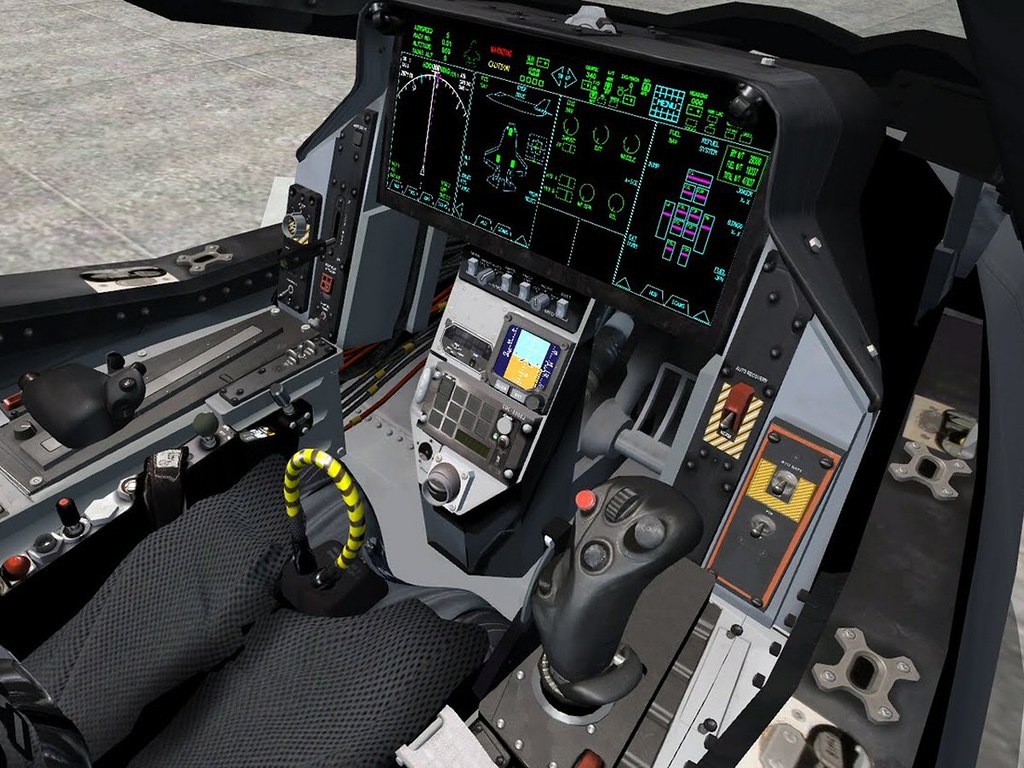Japanese whitepaper highlights industrial role of F-35A
By: GREG WALDRONSINGAPORE Source: Flightglobal.com 13 hours ago
Japan’s annual defence whitepaper underlines the importance Tokyo places on the industrial participation aspects of the Lockheed Martin F-35A programme, and casts a wary eye on airpower developments in China.
The whitepaper, produced annually by the Ministry of Defense, touches on all aspects of Tokyo’s security situation, from the disruptive potential of non-state actors to challenges posed by major powers, namely China. It also outlines Tokyo’s plans for developing its combat capabilities and the importance of the country’s defence industry.
In regard to specific weapons programmes, the report places strong emphasis on Japan’s F-35A acquisition. It notes that Japanese companies have been working to develop the manufacturing processes related to Tokyo’s 2011 decision to obtain 42 F-35As.
“It is important for Japanese companies to participate in the manufacturing process and to come into contact with cutting edge fighter aircraft technology and knowledge in order to ensure safety and high operational availability, resulting in the safe and efficient management of [Japan Air Self Defense Force] F-35As,” says the report.
“Following discussions with related parties such as the U.S. government, the participation of Japanese companies in the final assembly and check out (FACO) for airframe and the manufacture of certain engine and radar parts was decided in FY2013. In FY2014, the companies plan to further participate in the manufacturing process, in the engine FACO and the production of parts within the infrared detection device, the electro-optical distributed aperture system (EODAS).”
Produced by Northrop Grumman, the EO/DAS system is a core element of the F-35, effectively giving the aircraft’s pilot 360 degree visibility of the battlespace.
At the Singapore air show in February 2014, Lockheed Martin told Flightglobal that it and Mitsubishi were deep in the process of developing the Japan FACO. Japan’s first four F-35As will be produced at Lockheed’s Dallas-Fort Worth factory with deliveries to commence from the second quarter of 2016. The remaining 38 will be produced in Japan.
The whitepaper makes specific mention of several key airpower developments in China. It estimates that China’s air force and navy have around 2,580 combat aircraft.
“China is not only improving its air defense capabilities for its national territory, but also aiming to build up capabilities for air superiority and anti-surface and anti-ship attacks in areas which are further distant from China, and improving long-range transportation capabilities,” says the report. “Further attention needs to be paid to these activities conducted by the Chinese air forces.”
It notes that Beijing continues to develop the Chengdu J-20 and Shenyang J-31 fighter aircraft, and that the Chinese navy is conducting flight tests with Shenyang J-15 aboard the carrier Lioaning. It also points to advances Beijing has made with its Ilyushin Il-76 based KJ-2000 airborne early warning & control (AEW&C) aircraft and the Xian H-6 tanker.
Tokyo made use of the report to repeat its displeasure at Beijing’s unilateral establishment of an “Air Defense Identifcation Zone” over the East China Sea in late 2013. The controversial zone impinges on international airspace and is opposed by the United States, Japan, and other countries.



